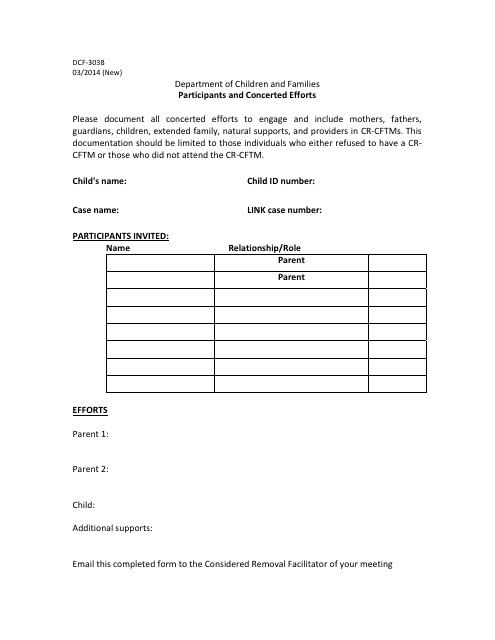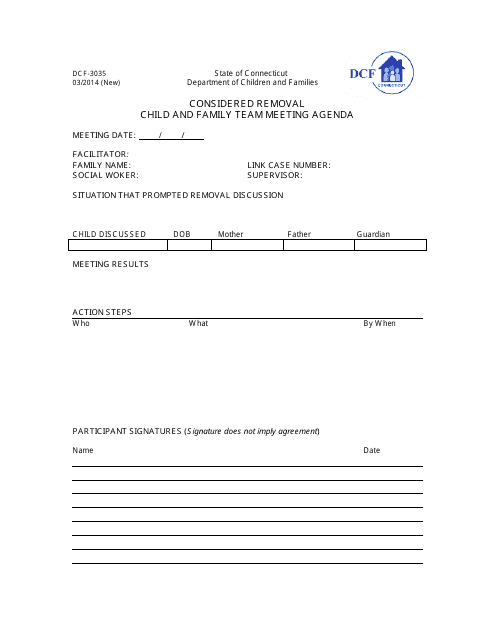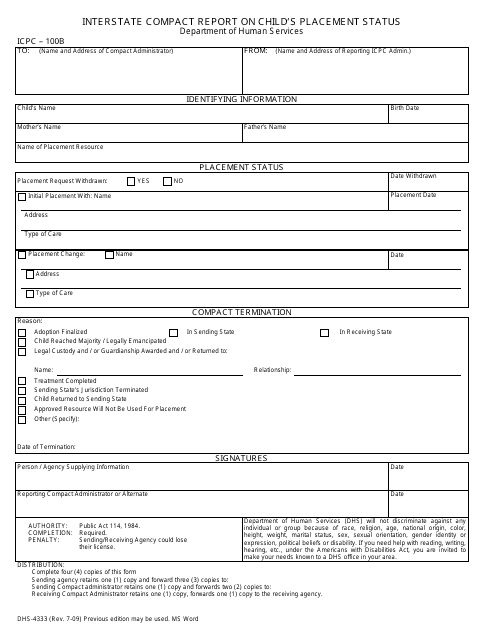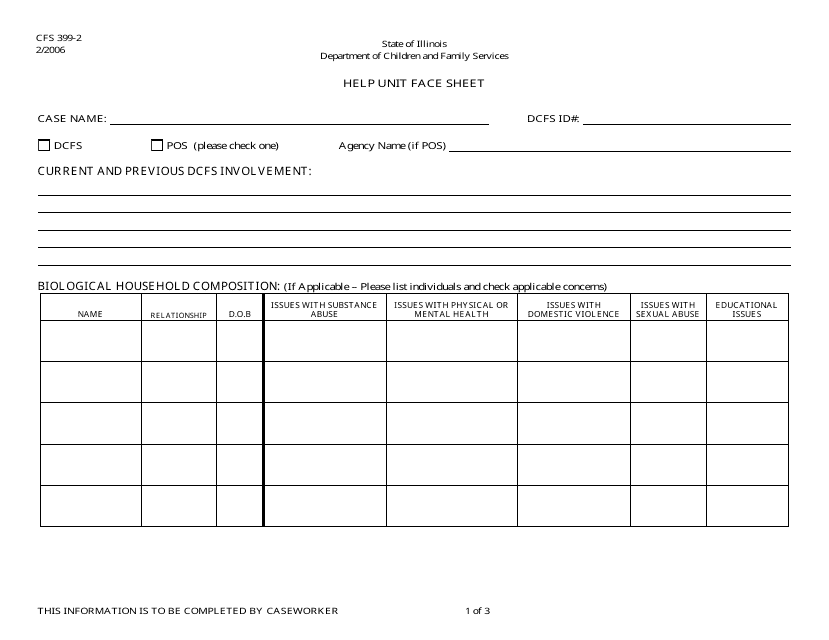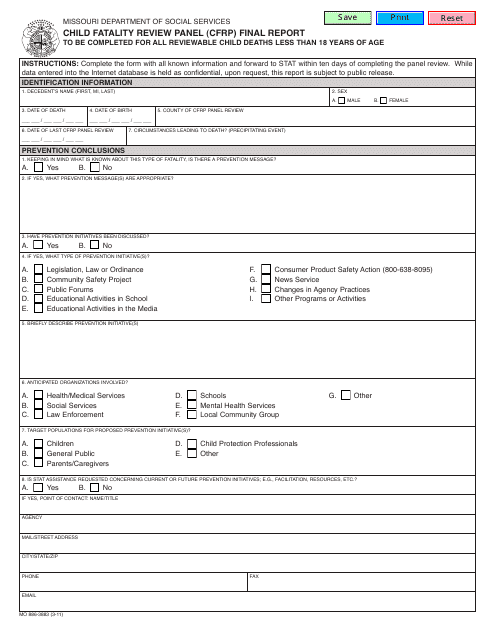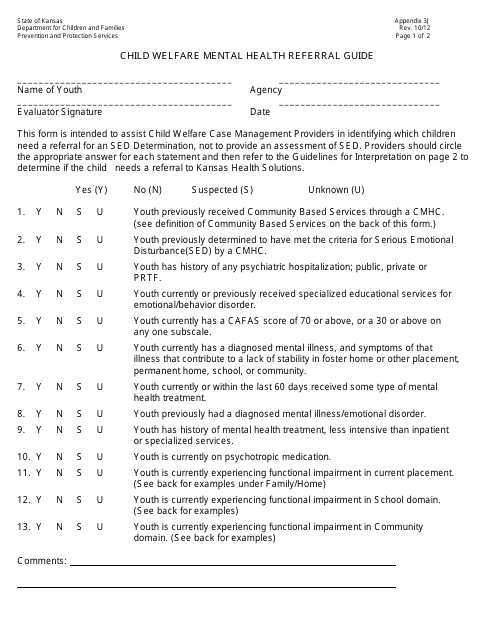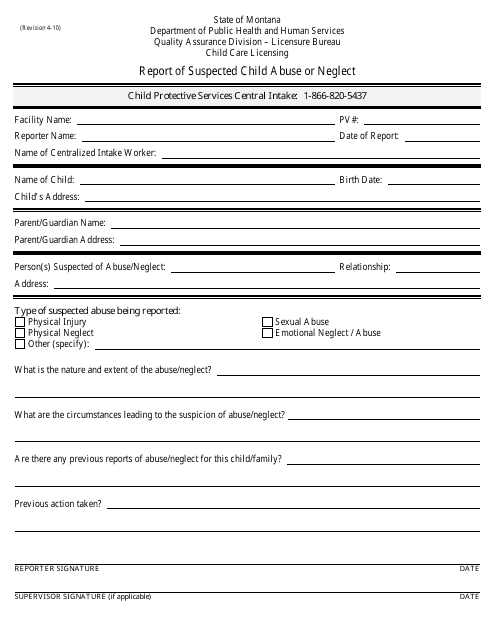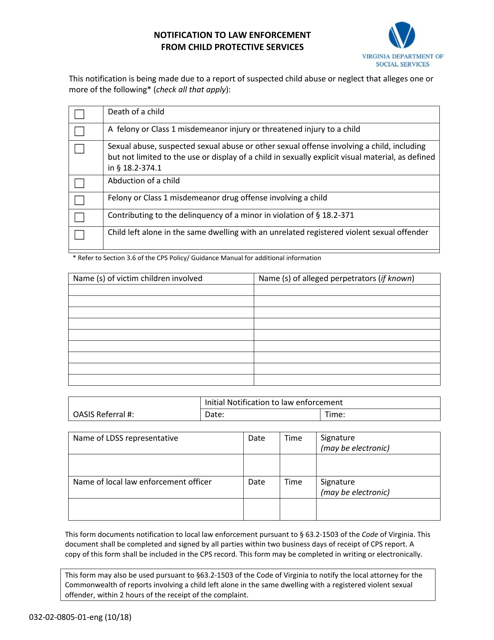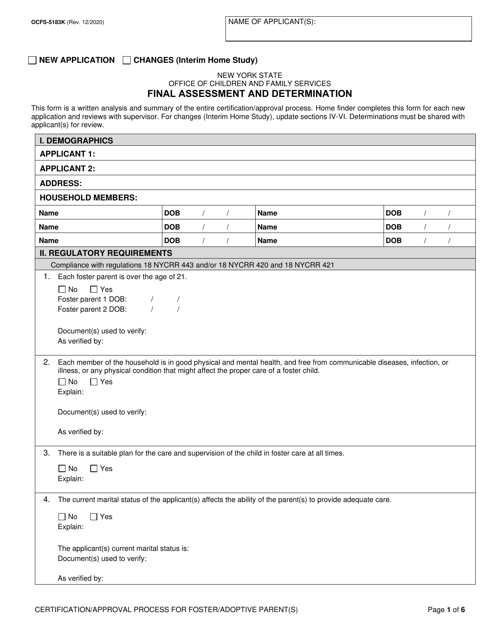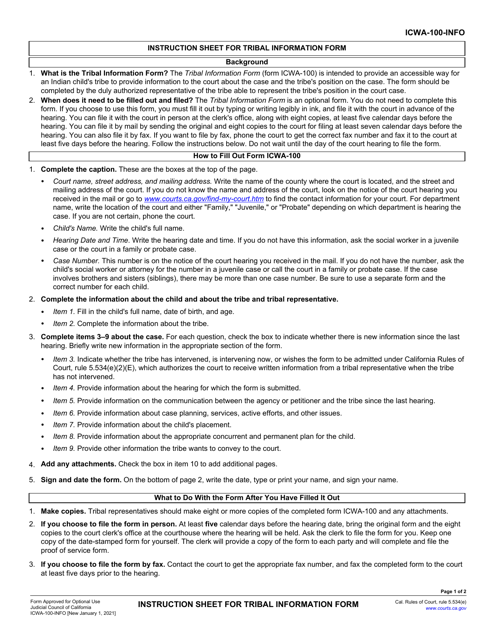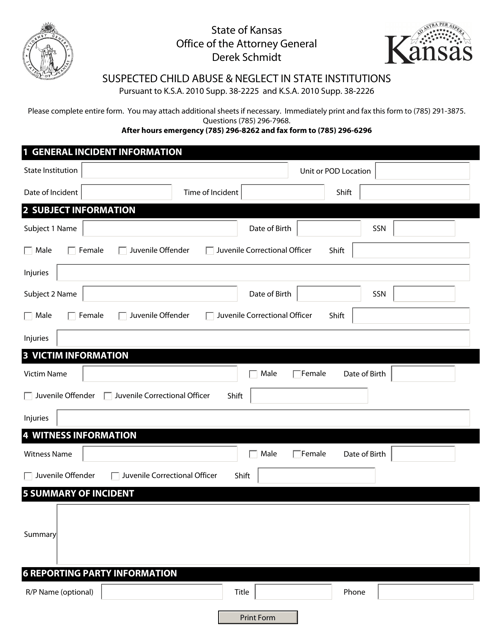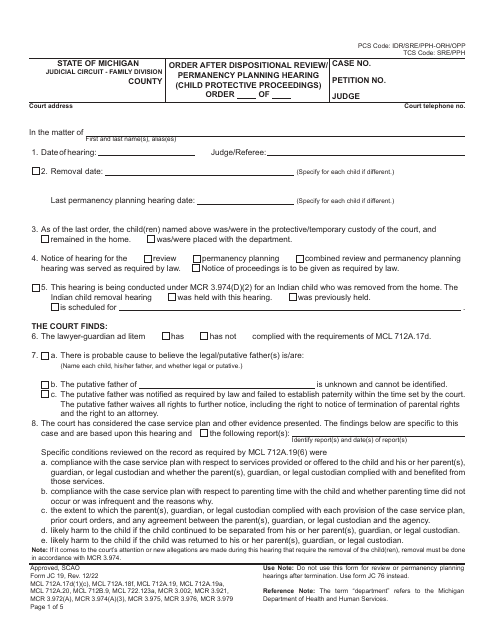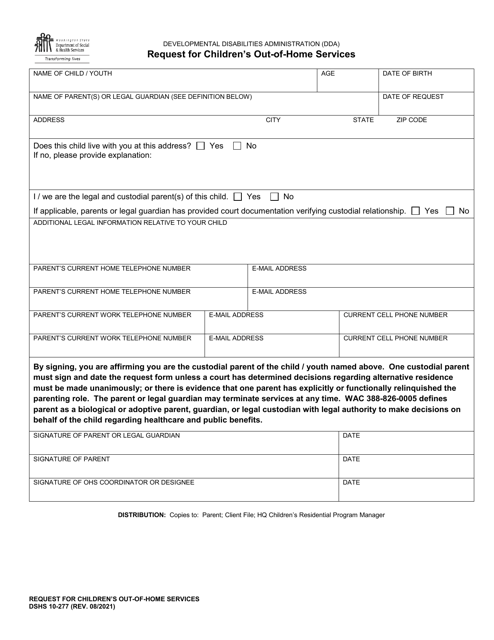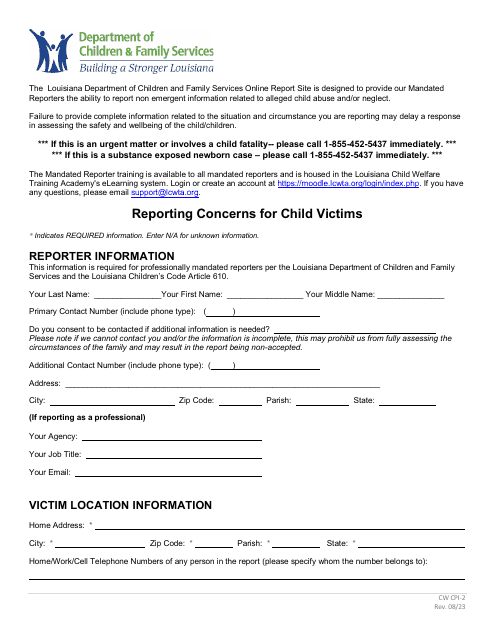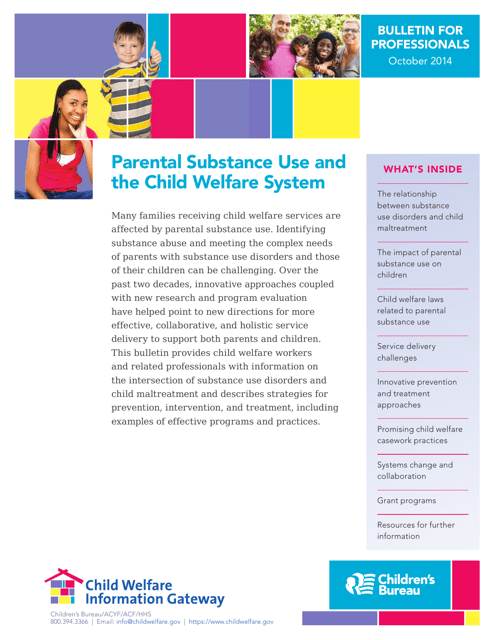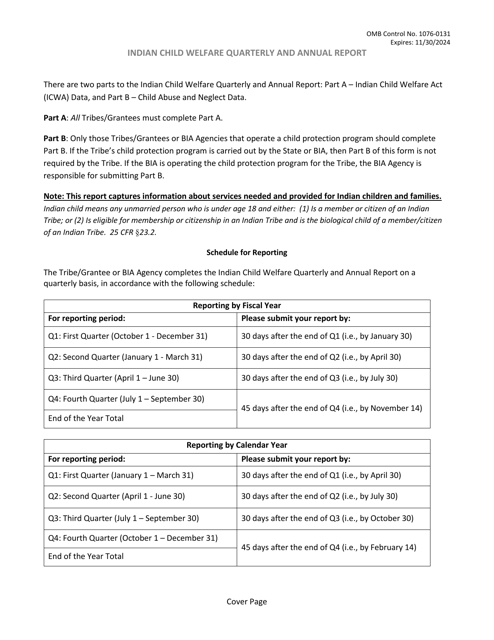Child Welfare System Templates
The Child Welfare System, also known as the child protective services, is a vital network of resources dedicated to the protection, well-being, and overall welfare of children. This comprehensive system ensures that children are provided with a safe and nurturing environment, free from any form of abuse or neglect.
Within the child welfare system, various documents and forms are utilized to address different aspects and stages of ensuring child safety. These documents facilitate the coordination and collaboration among agencies, professionals, and families involved in safeguarding children.
One such document is the "Form DCF-3035 Considered Removal Child and Family Team Meeting Agenda" in Connecticut. This document serves as a guide during meetings that assess and discuss the potential removal of a child from their home. It helps gather relevant information, identify support systems, and establish a plan of action.
In California, the "Instructions for Form ICWA-100 Tribal Information Form" support compliance with the Indian Child Welfare Act (ICWA), ensuring the protection and preservation of Native American children's cultural heritage. These instructions guide social workers and professionals on accurately completing the form, which provides important tribal information necessary for decision-making processes.
Another essential document is the "DSHS Form 10-277 Request for Children's out-Of-Home Services" used in Washington state. This form is used to request services for children who may need to be placed in a temporary out-of-home care setting. It assists in assessing the child's needs, identifying suitable placement options, and ensuring proper care for their well-being.
In Louisiana, the "Form CW CPI-2 Reporting Concerns for Child Victims" is utilized by individuals and professionals to report any concerns regarding child victims. It provides a structured format to document observations, suspicions, and disclosure of abuse or neglect. This form plays a crucial role in initiating investigations, interventions, and providing the necessary support to ensure the child's safety.
Regular reporting and evaluation are essential in the child welfare system. The "Indian Child Welfare Quarterly and Annual Report" is one such document that encompasses comprehensive data and insights on the well-being of Native American children in the child welfare system. This report sheds light on the progress, challenges, and outcomes related to the ICWA implementation and ensures accountability and transparency in the child welfare process.
These examples showcase the diverse range of documents within the child welfare system, all working towards a common goal of protecting and advocating for the best interests of children. By ensuring the proper utilization of these documents and implementing effective policies and practices, we can continue to build a strong and supportive child welfare system that safeguards the well-being of children across the country.
Documents:
16
This Form is used for identifying and documenting removal participants and concerted efforts in the state of Connecticut.
This form is used for a child and family team meeting agenda related to the consideration of removing a child in the state of Connecticut.
This form is used for reporting the placement status of a child under the Interstate Compact on the Placement of Children (ICPC) in Michigan. It ensures that the child's placement is in compliance with the compact's requirements and helps to monitor the child's well-being across state lines.
This document is a help unit face sheet for Form CFS399-2 in Illinois. It provides instructions and guidance on how to complete the form.
This document is a final report for the Child Fatality Review Panel in Missouri. It provides a comprehensive review of child fatalities and recommendations for improving child safety in the state.
This document provides a guide for referring children in the child welfare system in Kansas to mental health services. It includes information on available resources and procedures for making referrals.
This document is used to report suspected child abuse or neglect in the state of Montana. Safeguarding the well-being of children is a priority in Montana, and citizens are encouraged to use this form if they believe a child is at risk.
This Form is used for notifying law enforcement about child protective services matters in Virginia.
This form is used for the final assessment and determination process in New York.
This Form is used for providing tribal information in California as required under the Indian Child Welfare Act (ICWA). It provides instructions on how to fill out the form accurately.
This document provides information and guidelines for reporting suspected child abuse and neglect in state institutions in Kansas.
This document discusses the impact of parental substance use on the child welfare system. It explores how substance abuse can lead to child abuse and neglect, and the interventions and support available for families affected by this issue.
This document provides a summary of the Indian Child Welfare program's activities and progress, including detailed quarterly and annual reports. It offers insights into the well-being and welfare of Indian children and highlights initiatives and challenges faced by the program.

